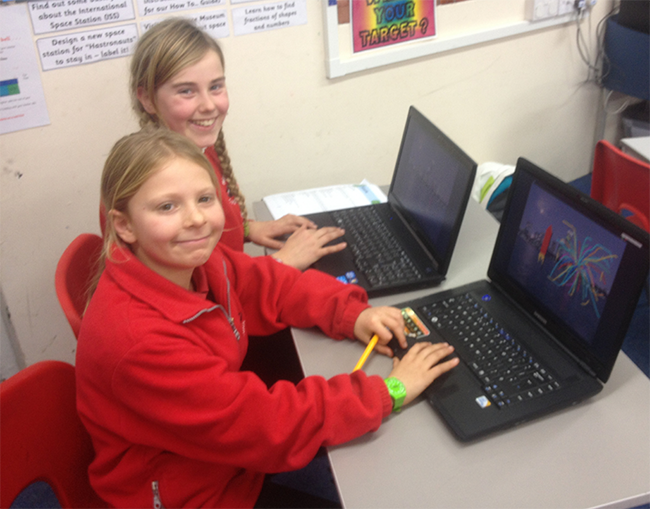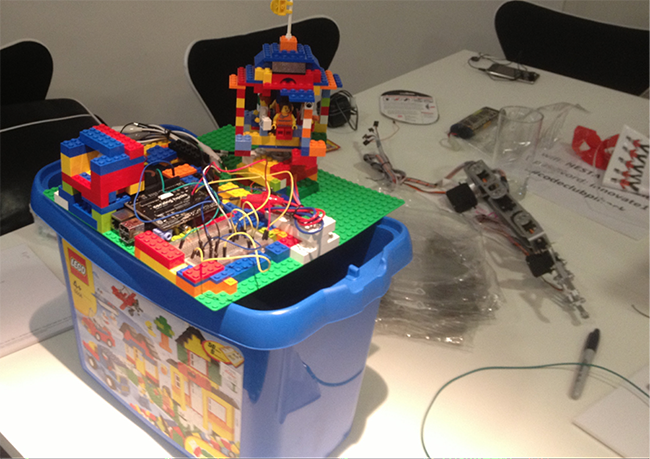Disclaimer: The statements and opinions expressed in this article are those of the author(s) and do not necessarily reflect the positions of Thoughtworks.

The Code Club program was created early last year in the wake of the unfavorable review of UK high school ICT curriculum. Its aim is to give every child in the UK the chance to learn to code, specifically targeting 9 to 11 year-olds.
Here's a snippet from the Guardian article John Naughton wrote announcing his manifesto, “The biggest justification for change is not economic but moral. It is that if we don’t act now we will be short-changing our children ... if they don’t have a deeper understanding of this stuff then they will effectively be intellectually crippled.”
How can you say no to that?
As a parent and technologist, I wanted to do my part to help introduce kids to concepts and skills that will shape their future working lives. Creating a Code Club at a small village school near my home felt like the right thing to do to open new doors to eager students, and to be part of an exciting grassroots opportunity to change the course of UK schooling.
Confession time: I am not a programmer! What little code I do know has been cobbled together from years of tinkering out of necessity, failed attempts to make computers do what I want and generally mucking about on the Internet. So one of the great things about Code Club, as far as I am concerned, is that you don’t need to be a programmer to be an effective teacher.
At the Code Club I support there are about four girls and eight boys who regularly participate for an hour a week. Fortunately, I also have a teacher or two who helps run the club with me. Code Club sets its own curriculum based on the language, Scratch, which was developed to make it easier for children to learn basic programming concepts.

Currently there are twelve lessons over two term grouped into levels of increasing difficulty. Each lesson teaches something new from the Scratch interface and builds upon concepts that the kids are exposed to each week. Rather than simply adopt the existing Scratch lessons, Code Club has worked with a number of creative coders and educators to design their own lessons.
The lessons don’t end with Scratch however. In term three kids are introduced to HTML and CSS, allowing them to build and publish their own web pages. Term four takes things a step further still and teaches them about building their own apps using the Python programming language.
Last year, Code Club also held a Raspberry Pi hackathon in London with a view to creating ideas for hardware projects that could be taught as lessons for Code Club.

The example shown above is a pi-powered lego playground. Another example included a mini band using small sensors to replicate drum kits and guitars.
As my co-worker Andrew Maddison said about his volunteer work at a different Code Club, “I had very little teaching experience when I started a year ago. Now, helping out is one of the highlights of my week. I am making a difference in the lives of these kids, even if some just want to use the time to play Minecraft.
“If we could get 40 or 50 more technologist friends or colleagues to volunteer for Code Club, we could really make an impact."
Will you help? Code Clubs are expanding across the UK. Here’s how to get started.
If you are interested in starting a Code Club outside of the UK, Code Club World provides access to the Code Club curriculum in different languages.
Disclaimer: The statements and opinions expressed in this article are those of the author(s) and do not necessarily reflect the positions of Thoughtworks.
